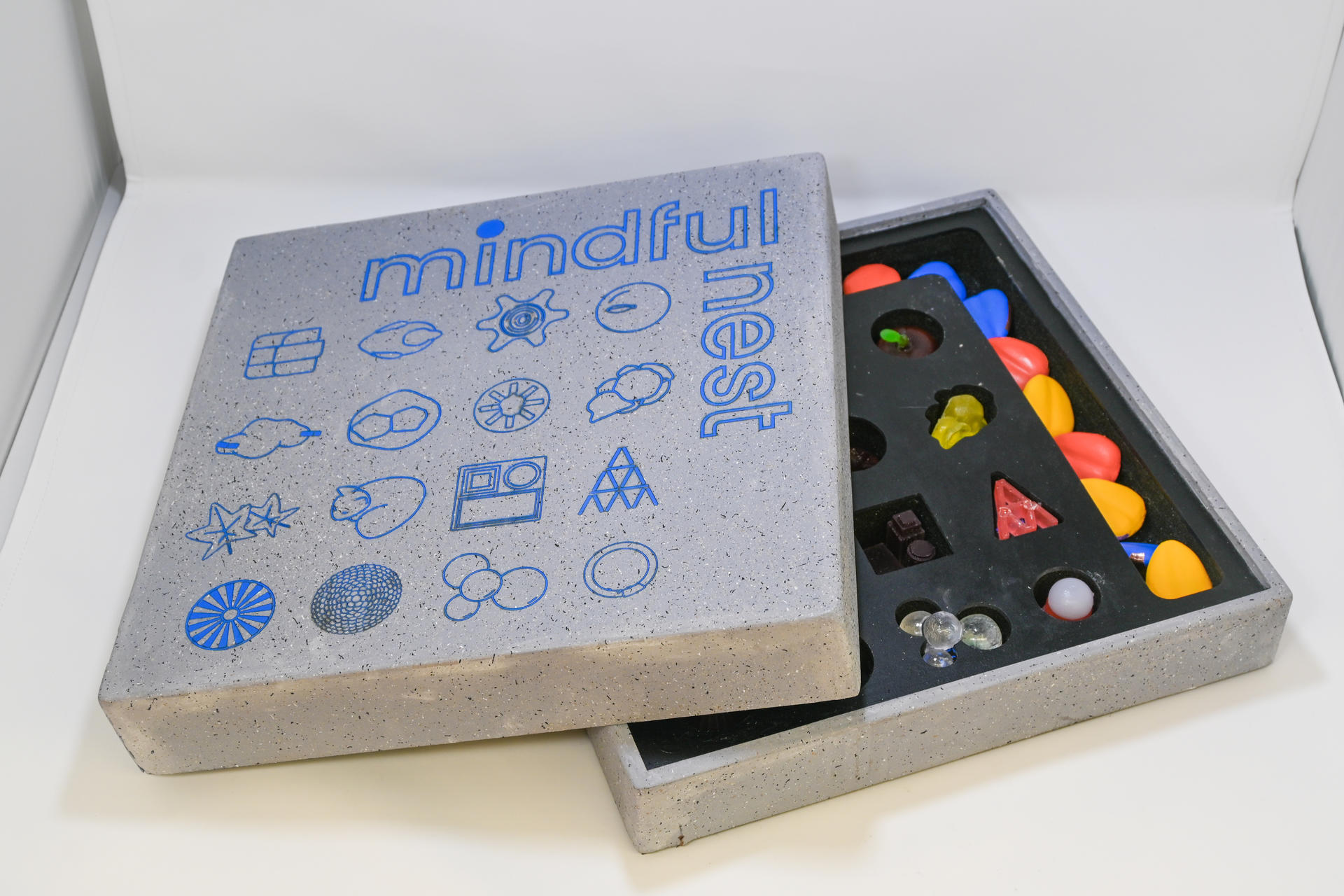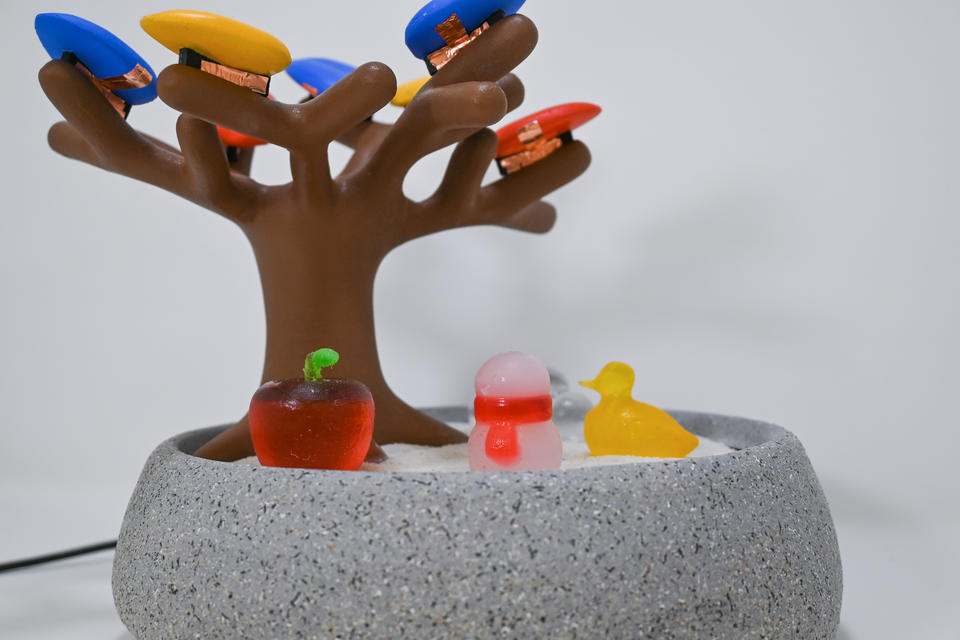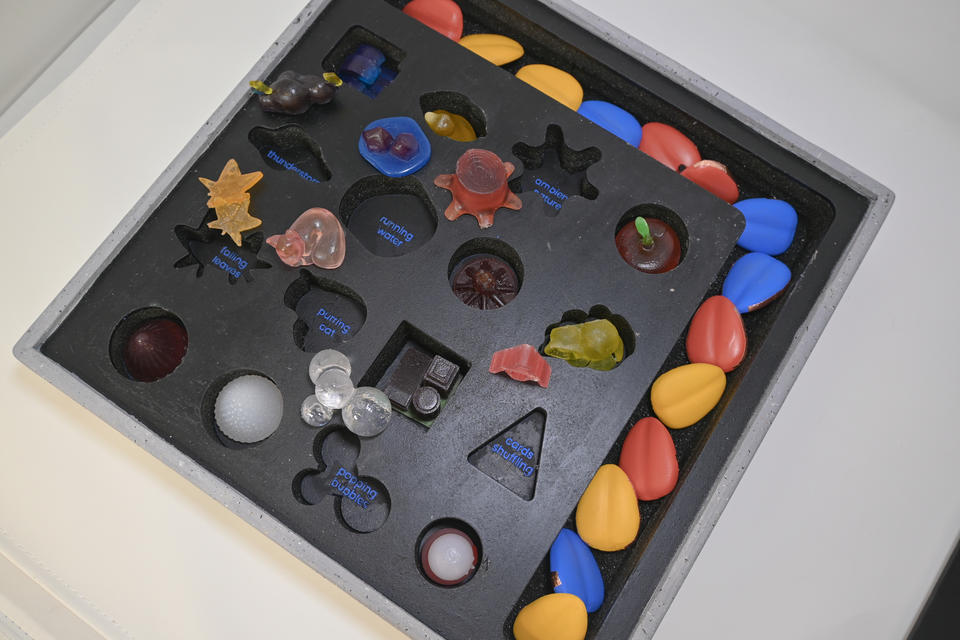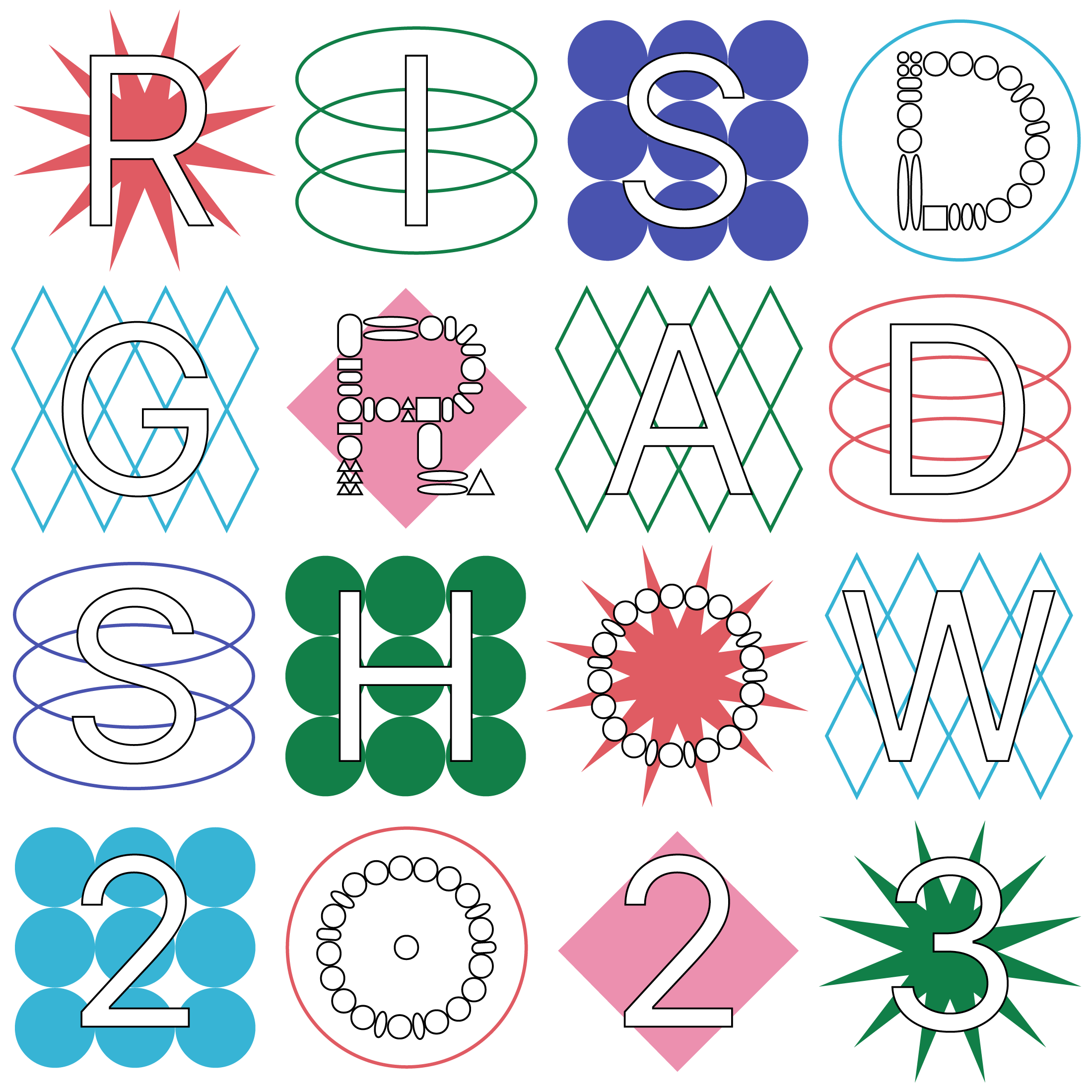MINDFULNEST
Set your space and reset your mind
MindfulNest is an at-home device that changes the conditions of your physical space through playful and creative tactile interactions, which stimulates your sensory system and prepares you for the next move with a grounded mental state.
Research has proven that we can only focus on one thing at a time, and task switching can actually be one of the most exhausting experiences our brains can go through. It takes a large amount of time and energy for people to regain their concentration and ground themselves in the present after constantly switching tasks. This is the problem that Mindfulnest is trying to solve. By offering the opportunity to creatively adjust the lighting and sound in your immediate environment, this device eases the transition from one task to another while providing a brief break from our busy days.
Team Members:
Jeffrey Brewer
Vivian Chan
Ava Garfinkel
Chien Lu
When starting this project, our goal as a team was to create a product that could encourage people to play more in their daily lives. As we grow into adulthood, the idea of play is something that many of us forget about in favor of more “important” tasks. In reality, play is an essential part of the human experience at all ages, and it is rare that we have time set aside everyday to engage in a meaningful play experience. Throughout our ideation process, we found that similar to play, task switching was something that many people do not account for in their day-to-day life. Despite the fact that task switching can be one of the most difficult things for our brain to do, we rarely use any tools to help make that transition easier. This is where MindfulNest comes in. As a device that helps you recenter your mind and refocus your attention before moving onto the next task, MindfulNest uses the concept of play to help your brain transition from one thing to the next.
Stop motion video of pick and place objects along with a demonstration of MindfulNest
Our team had to work very cohesively in order to create and build MindfulNest. Technically speaking, MindfulNest works using capacitive touch to change the light colors and RFID tags to change the sound. Each color leaf has a unique copper pattern taped onto the base, and when slotted into the branches the copper makes contact with wires running through the tree. All the wires run through the base of the tree and connect to an Arduino that reads which sensors are being triggered. The Arduino then combines all the information being gathered to change the color of the LEDs coming up through the sand. For example, if a single red leaf is added the light below will shine red, and if a blue leaf is added then the color combination of the two leaves (purple) will shine. This works with as many leaves as you would like to add, so users can completely customize their lighting.
For the pick-and-place, each object was modeled, 3D printed, molded, and finally formed with resin. There are 16 unique pick-and-place objects that correlate to 16 unique ambient noises. On the base of each object is a unique RFID tag, and below the sand is an RFID reader that can detect what is placed above it. Once the RFID tag is detected, noise plays from the speaker that correlates to the object that was placed. If more than one object is placed, then a combination of the noises will play. This allows for hundreds of combinations, so the users can completely customize the noise that’s being played.
In the end our team is very happy with how this project turned out. It was a very rewarding working experience, and every member on our team feels they learned something from the project. Each one of us included our key take-away from the project:
Ava- I learned that play doesn’t need to equate to childishness. As much as I enjoy designing toys and games for children, it is possible to create meaningful, refined plate experiences for adults.
Chien- This project taught me a lot of new collaboration methodologies and I’m now more comfortable trusting the process. There were times when I wasn’t sure things would work out, but the process of ideation, prototyping, and testing resulted in something great.
Jeff- This experience has reaffirmed my trust and belief in my teammates. In addition, I learned that enjoyment in what you’re making leads to a positive result every time.
Vivian- I learned that it is okay to have ideas and concepts that are all over the place during the process. As wild as some ideas may have been, they led us to where we are now, which shows that great design can come from listening to all the out-there ideas.
Image

Stone-like packaging for all the pick-and-place objects and colored leaves.



